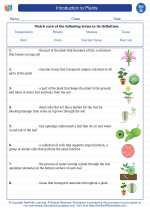Introduction to Plants -> metamorphism
Metamorphism
Metamorphism is the process by which rocks undergo changes in mineral composition, texture, or both, as a result of changes in temperature, pressure, or chemical environment. These changes occur within the solid state of the rock, without melting, and are driven by tectonic forces and heat from the Earth's interior.
Types of Metamorphism
- Regional Metamorphism: This type of metamorphism occurs over large areas as a result of tectonic forces, such as the collision of tectonic plates. It leads to the formation of foliated rocks, such as slate, schist, and gneiss.
- Contact Metamorphism: Contact metamorphism occurs when rocks are heated by the intrusion of molten rock (magma) or lava. This type of metamorphism typically produces non-foliated rocks, such as marble and quartzite.
- Dynamothermal (or dynamic) Metamorphism: This type of metamorphism occurs as a result of both high pressure and high temperature, often associated with tectonic forces. It leads to the formation of highly deformed rocks, such as mylonite.
Factors Affecting Metamorphism
Several factors can influence the extent and nature of metamorphic changes in rocks:
- Temperature: Higher temperatures promote chemical reactions and recrystallization of minerals within the rock.
- Pressure: Increased pressure can cause mineral grains to reorient and align in a particular direction, leading to the development of foliation in metamorphic rocks.
- Chemical Fluids: The presence of fluids, such as water and dissolved minerals, can facilitate chemical reactions and the exchange of elements between minerals, leading to the formation of new minerals.
Metamorphic Rocks
Metamorphism can result in the formation of a wide variety of rocks, including:
- Slate
- Schist
- Gneiss
- Marble
- Quartzite
- Anthracite coal
Study Guide
When studying metamorphism, consider the following key points:
- Understand the difference between regional, contact, and dynamothermal metamorphism.
- Learn about the factors that influence metamorphism, including temperature, pressure, and chemical fluids.
- Be able to identify common metamorphic rocks and understand their formation processes.
- Practice interpreting the textures and mineral compositions of metamorphic rocks to infer the conditions under which they formed.
By understanding the processes and products of metamorphism, you can gain insights into the dynamic nature of Earth's crust and the effects of tectonic forces on rocks and minerals.
.◂Science Worksheets and Study Guides Seventh Grade. Introduction to Plants
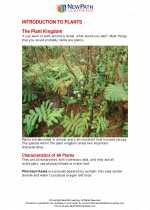
 Worksheet/Answer key
Worksheet/Answer key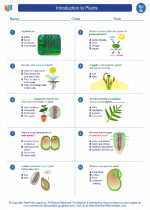
 Worksheet/Answer key
Worksheet/Answer key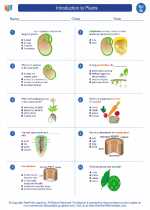
 Worksheet/Answer key
Worksheet/Answer key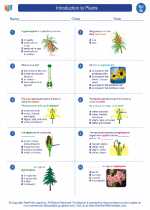
 Worksheet/Answer key
Worksheet/Answer key
 Vocabulary/Answer key
Vocabulary/Answer key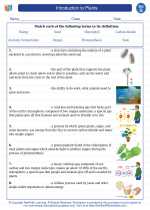
 Vocabulary/Answer key
Vocabulary/Answer key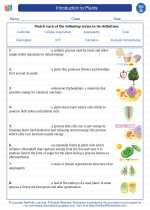
 Vocabulary/Answer key
Vocabulary/Answer key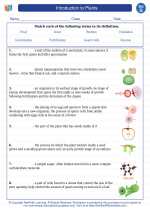
 Vocabulary/Answer key
Vocabulary/Answer key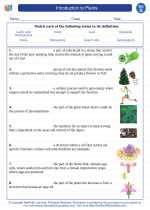
 Vocabulary/Answer key
Vocabulary/Answer key